Rome is in the middle of Italy on the Tiber River. Rome is history itself for the western world. It is romantic. Actually, ‘romantic’ means ‘like Rome’. That’s how romantic it is.
Too Much History
It goes way back to BC. It was the capital of the Roman Empire for over seven hundred years. Those were not all good years for the Empire, by the way.
The story is that in 753 BC, Romulus and Remus decide to build a city. After an argument about what to name it( “I say, Roma!” “No, Rema sounds much better to me.”), Romulus kills his brother Remus. The original settlement developed into the capital of the Roman Kingdom (ruled by a succession of seven kings), and then the Roman Republic, and finally the Roman Empire.
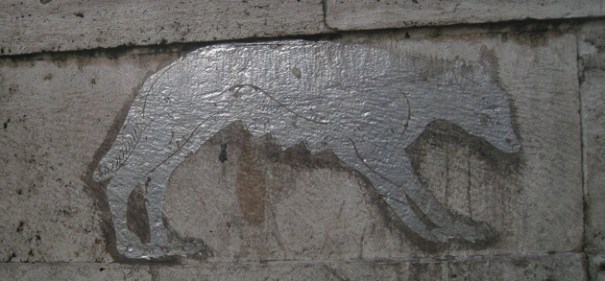
Gauls Demand Ransom of Gold
Around 400 BC, the Gauls took it over but, get this, the Gauls offered to give it back for only a thousand pounds of gold! The Romans thought that took a lot of gall and refused to pay any kind of ransom and took their city back by force. It was a matter of honor and not about the money with them.
The Roman Republic of 500 BC took a while to become a great empire. To do this, they had to conquer. They conquered the Sabines, the Etruscans, and the Samnites. They conquering Carthage and added Sicily and Corsica. Conquering felt good to the Romans so after conquering Spain they took on the Greek world.
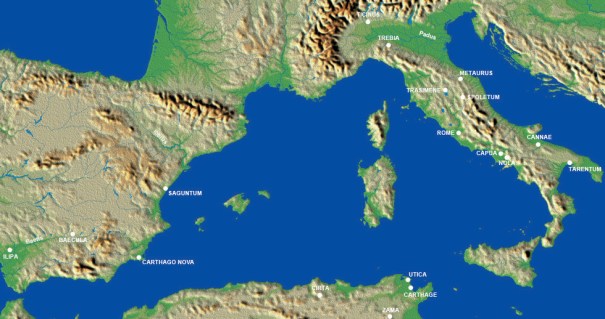
When did the Greeks give way to Rome?
It’s 168 BC, and Antiochus IV Epiphanes is on his way down to attack Egypt. It wasn’t the first time. If he can’t whip the Egyptians, he can stomp on the Jews on his way back home. This always made him feel better.
Rome had been observing this back and forth attacking among the divided Greek Empire for some time and decided it had to stop. They needed some world left for them to conquer.
So, anyway, Antiochus is giving Egypt another chance to be conquered and is hot-footing it towards Alexandria. All of a sudden, his way is blocked by an old guy who is surely a Roman. Antiochus pulls up short.
The guy turns out to be a Roman ambassador named Gaius Popillius Laenas and his terse message to Antiochus comes straight from the Roman Senate: “Lay off Egypt and go back home.”
Well, Antiochus is not used to taking orders from anybody about anything. In fact, anyone who’s ever crossed him is now dead. “And what if I don’t?” says Antiochus narrowing his eyes. “Then you will be at war with the Roman Republic,” says Gaius darkly. “Well, I’ll have to discuss this with my councillors,” says Antiochus, playing for time to think this over.
The Roman envoy slowly drew a line in the sand around Antiochus and said, “No problem. Council all you want but I need your reply to the Roman Senate before you cross out of this circle.” Antiochus realizes that Gaius is not kidding around here and that no answer is the wrong answer.
Antiochus mulls this over a bit and decides conquering Egypt may not be worth it after all. Popillius smiles and reaches out to shake his hand and says, “Now you’re talking sense.”
This is where the saying about ‘drawing a line in the sand’ got started.

No Empire Without an Emperor
Caesar gained victory after victory in the Gallic Wars. He had crossed both the Rhine and the Channel. As he gazed across the Rhine, he said, “We will march across this bridge and invade!” “What bridge?” someone said. “The one we will build,” said Caesar. It was that kind of thing that extended Rome’s territory like never before.
He had been sharing power with Pompey and Crassus as a Triumvirate. But Crassus was dead and Pompey was nervous. The Roman Senate ordered Caesar to stop all the conquering and return to Rome. There was not much left to conquer so Caesar headed back. But he wondered, ‘Will it be as a hero or as a criminal? I have done a lot of unauthorized conquering.’ He settled on crossing the Rubicon with the 13th Legion, yet another crime. Caesar’s action made it clear who was in charge now.
Cries of, “Hang Caesar!” became “Hail Caesar!” as he assumed control of the government. He started reforming things. He even reformed the calendar calling it, yes, the Julian calendar. Somehow Quintilis became Julius (now July) in the process. He expanded Roman citizenship to include many in far regions of the Roman Empire. He gave veterans plots of land for retirement. He centralized things with himself as “Dictator in Perpetuity”.
All this reforming angered the elites. “Too much reforming, Mister Dictator for Life,” they said. On the Ides(15th)of March in 44 BC, Caesar was assassinated by a group of rebellious senators which included Marcus Brutus and Decimus Brutus. “You two Brutuses!” he said famously while being knifed by them. Civil war again with Caesar’s adopted heir Octavian coming out on top. “This is no Republic,” he said, “It’s an Empire!” He changed his name to Emperor Augustus and demanded his own month as well. Sextilis was out and Augustus was in. “And it’s Emperor for Life,” he added.
Well, had this month name changing deal kept going, we would have months named Tiberius, Caligula, Claudius, with Christmas in Neronius.
Actually, Julius and later Augustus (Julius being dead from assassination and all) fixed up the Roman calendar which was a total mess. Harvest in January? “Harvest should be in August,” he said. “What happened to Sextilis?” they said. “Do you want young teens giggling all through the month?” he demanded, “Or a song called ‘See You in Sextilis’?” Well, they certainly did not. And, again, he said, “Remember: Emperor for Life.”

The Reformer
Emperor Augustus was a reformer. He did social, political and economic reforming. He even started to rebuild the city of Rome itself. New buildings, palaces, and gardens. You could hardly recognize the place after he got done. Augustus like art especially poetry. This was great for guys like Virgil and Horace. Everything was peaceful now so they called it the Pax Romana for about 200 years. Emperors like Caligula, Nero, Trajan, and Hadrian followed.
Because Roman Emperor Nero became an extravagant, cruel tyrant, they made up the story that he “fiddled while Rome burned” in 64 AD. He did play the lyre. And he rebuilt Rome after the fire but exhausted the Roman treasury in the process. His conduct brought the end of the family dynasty with Galba taking over.

How the Pope Became Pope
The Bishop of Rome had lot of pull with Emperor Constantine. He became The Pope and made Rome the headquarters of the Catholic Church. This job paid a lot of money so Popes became patrons of the arts. This paid the bills for guys like Michelangelo, Raphael, Botticelli, and Rosselli. Michelangelo’s ceiling is in the Sistine Chapel. They cleaned it recently and it really brought out the colors.
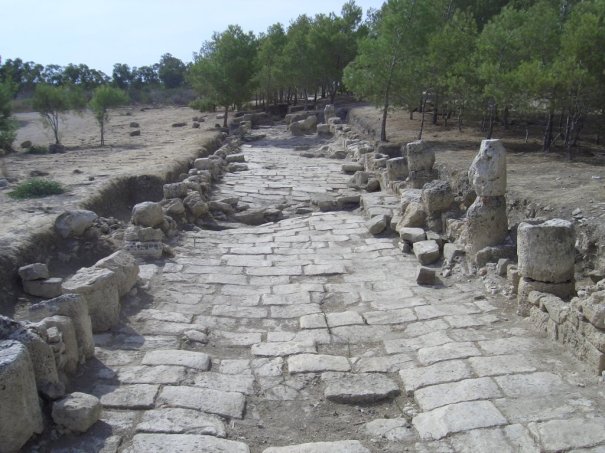
Popes and Art
All this Pope Patronage went on until they had to call it something so they called it The Renaissance. Works like the Pietà by Michelangelo and the frescoes of the Borgia Apartment were financed by Popes. It went on until Rome was one of the greatest centers of art in the world. The Pope wanted his own sovereign, so inside Rome is Vatican City. A state within a city!
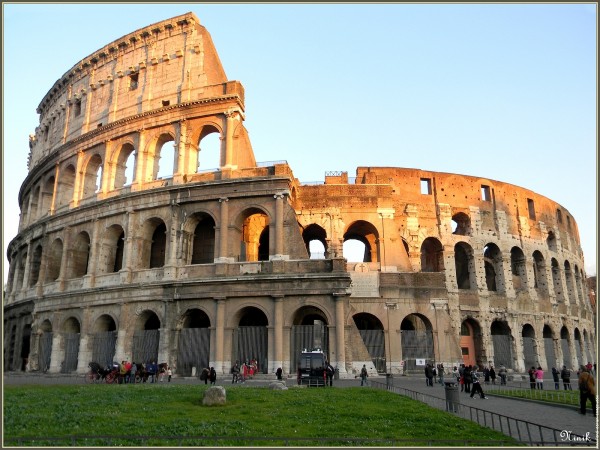
Seven Hills
Originally, Rome developed on hills that faced onto a ford beside the Tiber. The Rome of the Kings was built on seven hills: the Aventine Hill, the Caelian Hill, the Capitoline Hill, the Esquiline Hill, the Palatine Hill, the Quirinal Hill, and the Viminal Hill. Memorize them. There will be a test.
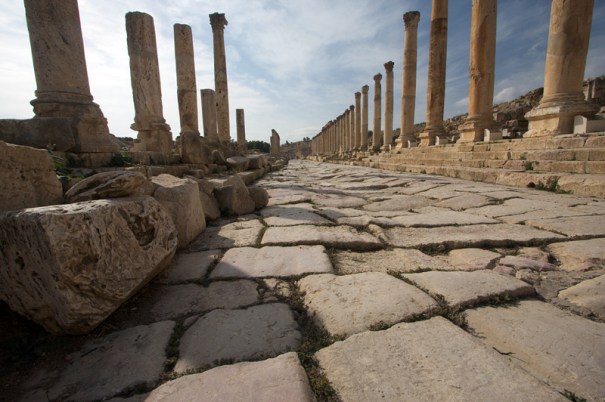
What’s the Weather Like?
Rome enjoys a Mediterranean climate being on the Mediterranean as it is. Spring and autumn are mild to warm, and the “beautiful October days” are known for being sunny and warm. There may be snow in the winter but don’t count on it.
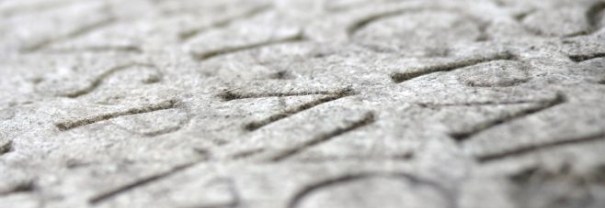
Stuff You Might Like to Know
St Peter and St Paul were martyred in the city.
The Colosseum could hold 60,000 spectators but you were lucky if you could get a seat to see the gladiators fight. It was that popular.
You like water? Rome had a lot of fountains. They provided drinking water and they spruced up the plazas, I mean, the piazzas. Rome had 9 aqueducts that fed 100 fountains. That’s a lot of drinking fountains. They were open all the time. Two different aqueduct systems made sure of this. One could be shut down for repair and you still had water.
You like bridges? You can cross the Tiber five times without using the same ancient Roman bridge.
One unusual feature of Rome, or rather under Rome, is the ancient catacombs. These underground burial places are most famous for Christian burials, but they include pagan and Jewish burials, as well.
The Vatican Library got started in 1475. I don’t even think books were invented then. But as soon as they got them, they built some shelves.
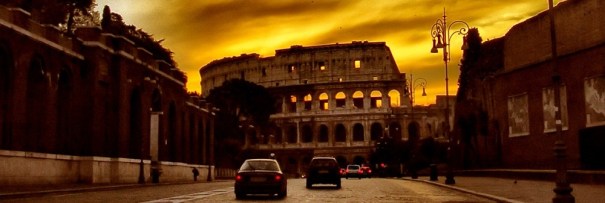
Why is Rome So Romantic?
People like Rome. Tourists are charmed by Rome. You can’t say enough about it. The beauty. I mean, you can just see the history. The aqueducts, the fountains, the fabulous buildings and the monuments. If you mention that the place looks a bit run down, they say, “Hey, it’s 2500 years old!” I know, they’ve had plenty of time to fix it up.
When the Roman Empire was big they had Latin. Latin turned into several European languages like French and Spanish. Not to mention Italian and Portuguese. And possibly Romanian. Even modern English has a lot of Latin. Rome ruled England for a short time. As soon as they confused all the measuring and Hadrian built that wall, they went home. And the Roman alphabet is the most widely used writing system in the world.

All Roads Lead to Rome
It’s true. Rome is still the center of a network of roads that roughly follow the lines of the ancient Roman roads. They all end up at the Capitoline Hill and connected Rome with its vast empire.